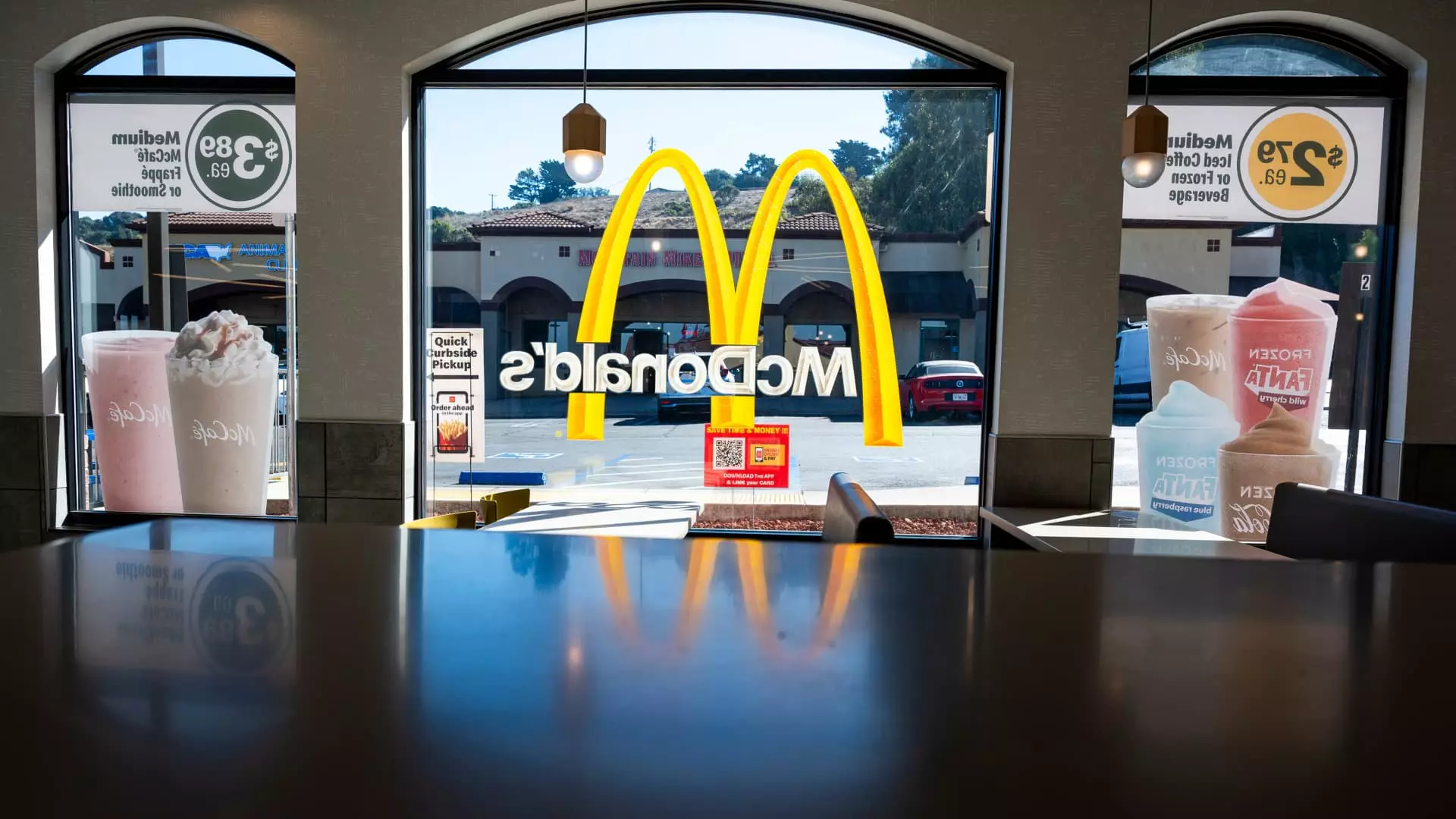The restaurant industry has entered 2025 with a blend of optimism and apprehension, shaped by a myriad of external pressures and shifting consumer behaviors. After a tumultuous start to the year, impacted by frigid weather patterns, destructive wildfires, and a general sense of consumer caution, the outlook remains fragile yet hopeful. Although some restaurant chains experienced a resurgence later in 2024 thanks to strategic value offerings, the challenges of the new year have once again placed the industry on shaky ground.
As economic uncertainties loom, consumers are taking a more cautious approach to dining out. Many chains such as Burger King and Popeyes saw a rebound in sales towards the end of 2024, capitalizing on the trend of diners shifting back to restaurants from home-cooked meals. This renewed interest was fueled by value-driven promotions aimed at enticing budget-conscious consumers. However, this wave of patronage proved short-lived as January ushered in a retreat from increased restaurant traffic. Fast-food chains witnessed 3.4% growth in net sales for January compared to the previous year, yet this marked a decline from the impressive 4.9% growth recorded in December.
As reported by key players in the sector, this back-and-forth in performance can be traced to lingering consumer hesitancy. Subway’s U.S. president, Doug Fry, noted that consumers are currently keen on preserving the quality and value of their meals. This sentiment highlights a broader trend where diners are less willing to sacrifice their dining experience even as they carefully manage their spending. The question now is whether this cautious consumer mindset will hinder recovery efforts as the year progresses.
Weather and External Factors Influence Sales
An additional layer of complexity for restaurants comes from unpredictable weather patterns and other external factors. Recent wildfires in Los Angeles and severe cold fronts across various states further exacerbated the industry’s struggles early in the year. Such events drew clear correlations to traffic declines across many establishments, notably Chipotle, which attributed a significant downturn in same-store traffic growth to these factors.
These environmental challenges have provoked concern among industry leaders regarding their potential effects on sales and consumer habits. The unpredictable nature of weather and its economic ramifications could prove detrimental, especially in a climate-sensitive sector like dining that relies on steady foot traffic.
Economic Sentiments and Inflationary Pressures
While short-term hardships weigh heavily on the restaurant industry, the broader economic landscape introduces another wave of uncertainty. Rising inflation has been a pressing concern, with the U.S. consumer sentiment dropping to its lowest point in seven months in February. Households are bracing for increased prices, particularly in the context of away-from-home dining, which has seen food prices rise by 3.4% over the last year.
The looming specter of the trade war and potential tariffs adds another layer of anxiety for chains like Chipotle, which sources significant portions of its ingredients from abroad. Despite the uncertainty, several restaurant executives expressed optimism that, despite potential inflationary pressures, consumer spending might recover as people seek more value-driven options in their dining experiences.
Looking ahead, industry analysts anticipate that the tide may change, particularly as chains shake off the sluggish phase and compare performances to last year’s downturns. Historically, many chains experience upticks in sales during the summer months, and this year is expected to be no exception. Restaurant Brands’ CFO Sami Siddiqui expressed confidence in the easing of year-over-year comparisons as the warmer months approach.
However, caution remains. McDonald’s is endeavoring to bounce back fully from challenges that stemmed from an E. coli outbreak, hoping for revitalized demand by the second quarter of the year. The fast-food giant’s senior officials believe that a more robust economic environment could yield a disproportionate advantage against competitors, particularly for brands catering to lower-income consumers.
One company that faces a more complex recovery trajectory is Starbucks. The coffee chain has struggled in recent times, reporting declines in same-store sales for several consecutive quarters. Starbucks has opted not to issue a sales forecast for fiscal 2025, highlighting the ongoing challenges in retaining consumer loyalty amidst heightened competition.
As the restaurant industry navigates through 2025, resilience and adaptability will be essential. The interplay of consumer behavior, economic circumstances, and external factors such as the weather will continue to shape the landscape. While there are reasons for cautious optimism as chains strategize to recapture customer interest and engender sales growth, the challenges remain palpable. For the restaurant sector, 2025 holds potential if industry leaders can pivot effectively to meet the evolving needs of diners while tackling the obstacles that lie ahead.

Leave a Reply